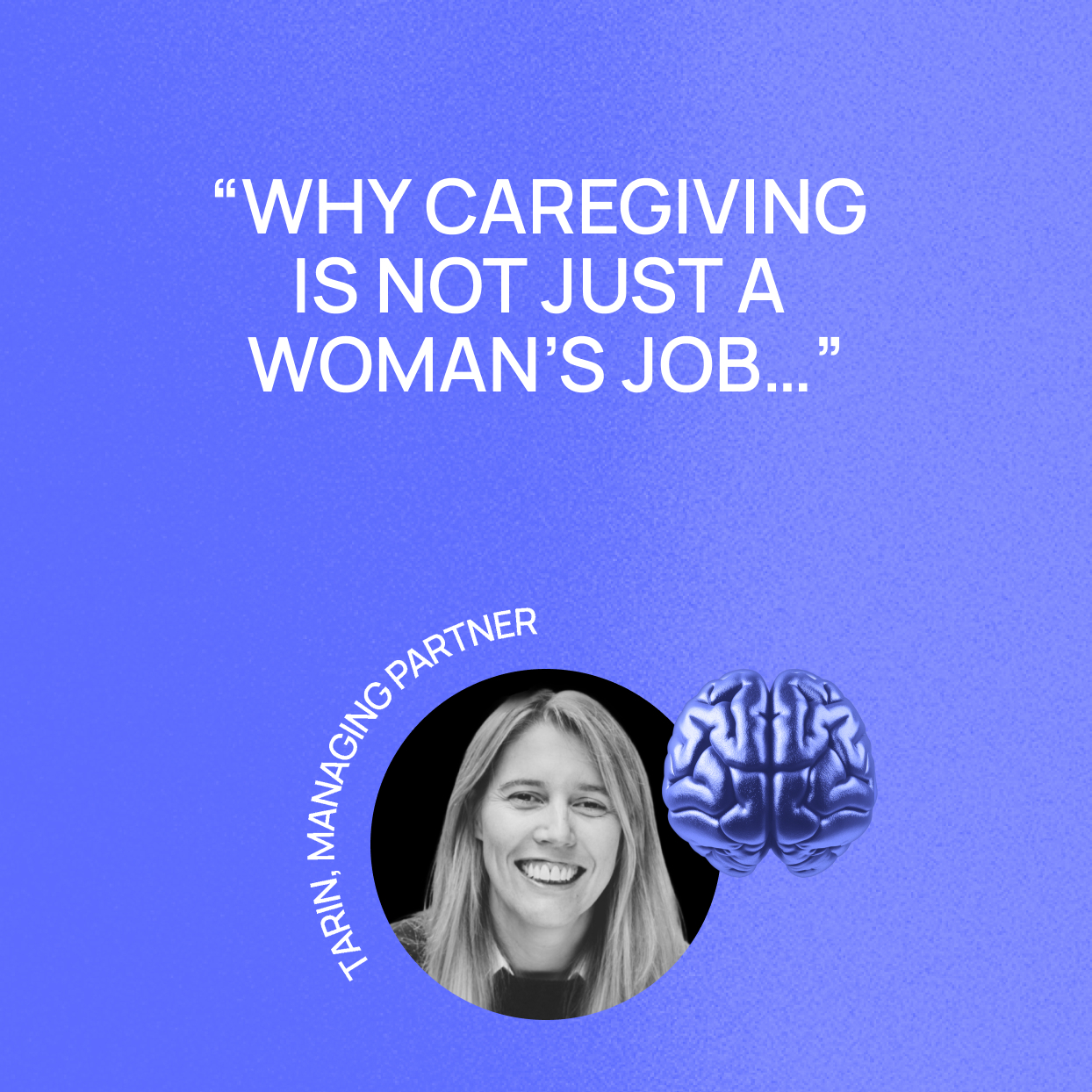Marketing with people, not always at them.
Matt Watts, Group Head of Planning
For decades, marketers have crafted campaigns behind closed doors, assuming they know best. In 2025, continually defaulting to that approach can look and feel outdated. When receiving a brief we need to consider treating the audience as creative partners more often, rather than immediately positioning them as a passive target. And it’s not just feel-good rhetoric; it can drive the effectiveness of your advertising.
This is especially true for Gen Z, a generation raised to sniff out inauthenticity. 68% prefer user-generated content over polished brand ads, trusting a peer’s TikTok review more than a slick corporate spot. In other words, your customers trust each other more than they trust your marketing – so why not include them in it?
At Livity and krow, we’ve seen co-creation’s power first-hand. With CoppaFeel!, young people helped shape everything from the playful tone to the tactile logo, turning a serious subject into something relatable and engaging. In our work with the Labour Party and Unison, co-designing with young voters and grassroots members created messaging that sounded authentic because it came directly from lived experience. And when building youth-focused strategies for brands, inviting communities into the room has consistently sparked ideas that would never have emerged in an office alone.

The co-creation approach becomes even more powerful when it’s guided by behavioural science; it moves beyond surface opinions and uncovers the psychological drivers of behaviours.
Drawing on insights into cognitive bias, motivation and group dynamics ensures sessions are structured to get to the, often hidden, “why” behind responses. That makes the creative output not only more intuitive and authentic, but also more predictive of how people will behave in the real world.
But let’s be clear: co-creation isn’t a magic wand, nor is it the right approach for every brief. Sometimes speed, sensitivity, or specialist knowledge demand a different path. The art lies in knowing when to open up the process, and when to keep it tight. The danger is not overusing co-creation – it’s underusing it. Too many brands still default to old broadcast habits and miss opportunities to create genuine connection.
The takeaway for today’s CMO is clear: stop reflexively marketing at people, and learn to market with them when it matters most. Done well, co-creation doesn’t slow you down – it makes your work sharper, more relevant, and more trusted.
Get in touch
Contact Kayleigh Jenkins, Group Business Development Director
kayleigh.jenkins@krowgroup.com

Related articles

Who carries the load? Rethinking caregiving at work
Find out why shared parental responsibility, not sacrifice, is the key to retention and growth.
Read more
What Gen Z Expects from Financial Brands
Brands must prioritise trust, reliability and transparency to meet evolving financial consumer needs
Read more
Why brands should invest in regional talent
Brands focusing on a few central locations risk missing out on creativity, cultural relevance and growth opportunities.
Read more

